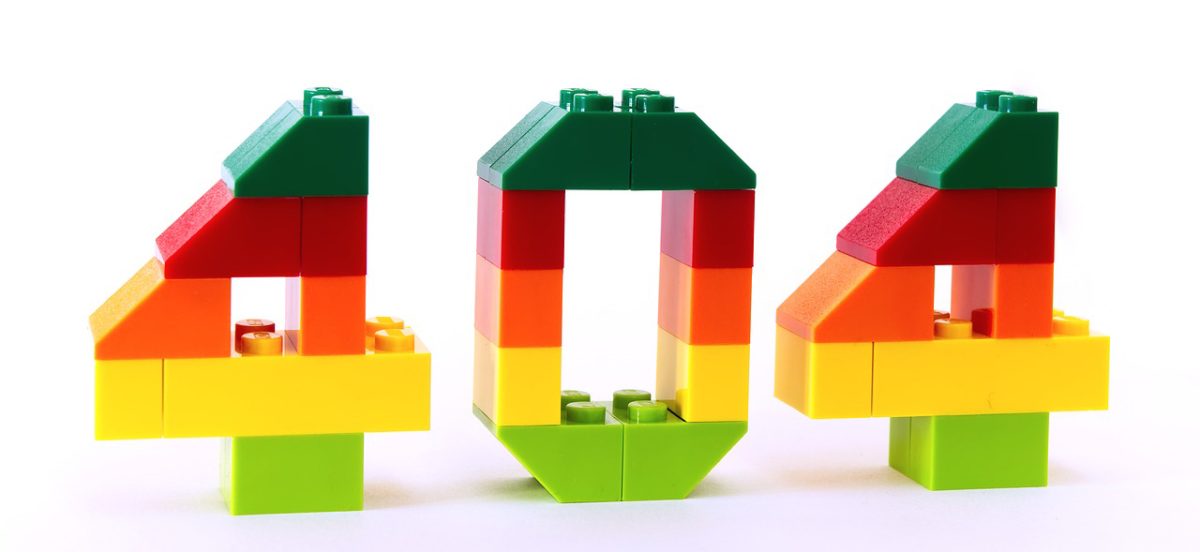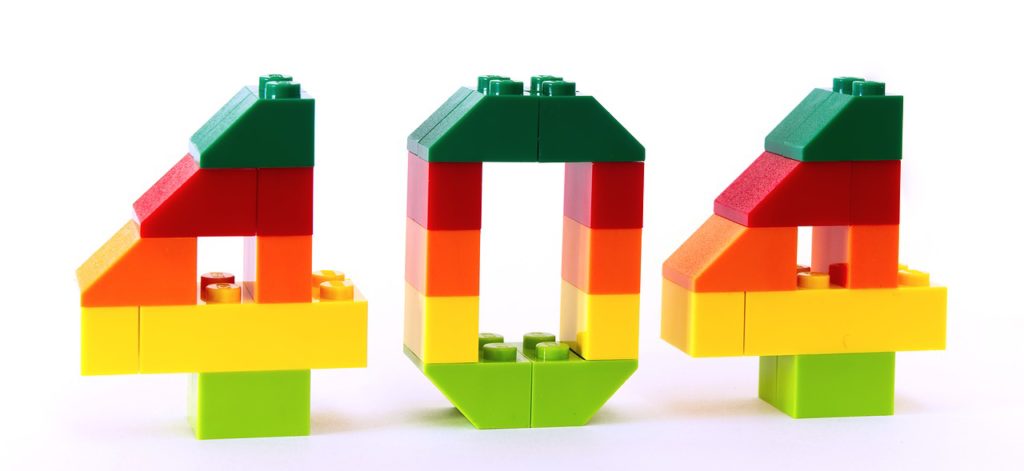
How NASA turned the tables on its multi-billion dollar mistakes to reshape organisational culture and decision making processes.
4-D team building strategies from NASA high performing teams attract and retain top talent. They consistently solve problems efficiently and creatively, meet their project milestones and deadlines, and develop an environment of mutual respect. Unfortunately many technical people, particularly those without leadership or management training, do not appreciate that team building is a skill and essential to their success. They regard team building as being something that is either too touchy feely or soft.
NASA’s 4-D team building system has created a process, supported by hard evidence, which proves that unless teams address these softer issues they can fail.
Across every sector, including the government, technical teams strive to improve their ability to work together and with contractors and various stakeholders. The key to high performing teams is not just the sum total of project management tools and technical know-how, it is the operation of the team itself which ultimately determines success.
What is the 4-D team building system?
The story of the NASA 4-D Team Building System creation and development goes back to a series of very dramatic and costly mistakes at NASA. It started with the failure of the space shuttle Challenger, which exploded and killed all seven crew members in 1986. This was followed in 1990 by the optical flaw that rendered useless the US$1.7 billion Hubble Telescope. The programme to correct that error cost a further US$60 million. In both cases the official investigation reports identified NASA’s organisational culture and decision-making processes as being a key factor contributing to the failures. The investigators found that there had been clear indications of inconsistencies much earlier in the projects—but why did the project teams fail to rigorously pursue these indicators?
What NASA discovered to their cost was that social context will drive the ultimate result, i.e. how we engage within a culture and how we react to the different influences and pressures imposed by that culture. The cornerstone is that individuals behave differently in different situations and under different pressures i.e. in different social contexts.
Learning from these grave mistakes Dr Charles Pellerin, the then Director of Astrophysics at NASA, highlighted the fact that many of the problems were the result of the poor communication with contractors and stakeholders and a lack of transparency in how decisions are made. He used his background in physics and his success in leading technical teams to develop the 4-D team building process.
Most other team building programmes focus primarily on the personalities of the individual team members but ignore the context within which the team works. Only by addressing the social context as an integral part of the team building process can any team really understand how to improve its performance. Dr Pellerin realised that teams are often so focused on their task that they fail to notice, much less manage, their team’s social context. The 4-D Team Building process teaches teams how to recognise and manage context, and provides a common language to communicate the challenges that arise within that context.
The 4-D system uses an online assessment tool to analyse team and individual performance in four ‘dimensions’ (see Figure 1). These insights enable teams to see how each member contributes to their team’s behavioural norms, appreciate the individual styles of the team members and ultimately create high performing teams.
The 4-D online assessments make a team’s social context not just visible, but directly manageable.
The 4-D system uses periodic re-assessments to track and benchmark:
- the performance of the team;
- changes in individuals’ job performance; and
- changes in business impact.
The re-assessments enable the improvement in a team’s performance to be quantified over time and allow clear measurement of the ROI. The knowledge that there will be ongoing re-assessments also helps to develop a much higher level of motivation and engagement within the team. Einstein inspired my development of the 4-D tool with his famous quote, “You cannot solve a problem with the level of thinking that created it.” But I say that: How does it work?
To address the social context and the often-competing influences teams face, the system has been developed as an integrated approach. The 4-D online assessments and re-assessments, coordinated workshops, and coaching sessions are all carefully designed to stimulate open discussion in order to address potentially negative behaviours and move the team towards the positive behaviours that create high-performing teams.
The starting point is the 4-D assessment tool. Informed by these assessments the team participates in one-on-one coaching and workshops where they are led through an exploration of the assessment results. Trainers work with the team, through action learning techniques, to address specific team challenges and demonstrate how the team can shift the context, realign their actions and behaviours, and re-apply the results back at work.
HR management might feel that many team building training models and workshops use similar tools but once the team goes back to the real world they fail to achieve long term results and ongoing improvements. The NASA 4-D system is different in that the structured elements of the 4-D process are all supported by and underpinned with ongoing re-assessments and coaching, which provide powerful motivation for teams to maintain their new behaviours. This creates a true learning environment for practical application.
Key features of the NASA 4-D Team Building System:
- Creates and sustains high performing teams
- Focuses on preventing failures/addressing challenges
- Addresses the influence of the organisational culture on the team
- Tracks and benchmarks teams, divisions, and organisations
- Provides an Integrated approach—assessments, workshops, coaching and reassessments
- Bases process on evidence from 30 years of NASA analysis and tracking on 200 NASA projects
How do you know it works?
At the start of 4-D process each team’s effectiveness is quantified into quintiles based on the 4-D assessments. These assessments have been used to track the performance of about 200 NASA projects over several years. The project, engineering and management teams and their performance have been systematically measured, benchmarked and tracked over the course of over 2,000 workshops using a structured measurement system.
One of the central factors with the 4-D system is the ongoing improvement teams demonstrate. Most teams will choose to undertake multiple assessments as they strive for improvement over time. As can be seen from the figure above, of the NASA teams analysed, they all demonstrated continuous improvement.
The grey diamond shape indicates the teams’ performance or efficiency level measured during their first assessment. Those teams in the top quintile started at an 84% level of efficiency while those in the bottom quintile were only 53% efficient.
The black triangles mark the results of the subsequent reassessments. As can be seen no matter where the teams were performing when they under took their first assessment every team demonstrated significant improvement with each reassessment.
The most noticeable impact has been the increase in level of performance for the teams that started in the lowest quintile. Using the 4-D process they show an average increase in performance from 53% to 75%. The 4-D system also improved the best-performing teams. Those teams that started as top performers further increased their performance—achieving 90% efficiency over time.





